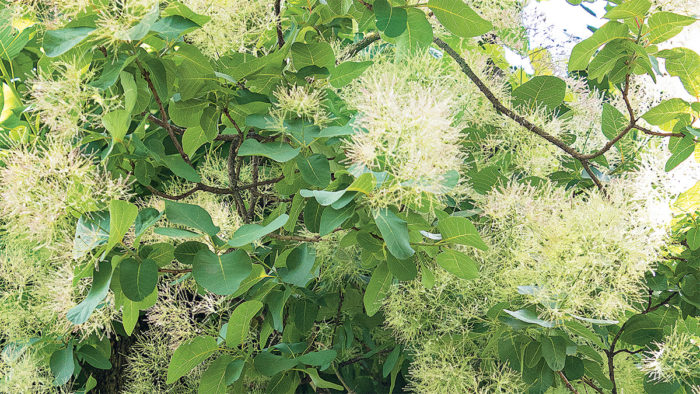
Gardeners love native plants, and for good reason. They are built to thrive in the conditions of a specific region, often without complaint, and are an essential component in the preservation of wildlife and the overall ecology of a region. The world of native plants, however, can be a complex one to navigate. Just because you live in an area where a native plant occurs naturally, doesn’t mean it will thrive in your beds and borders. Here are trees and shrubs, for various different soil and light situations, recommended by a qualified native plant expert from the South.
1. Florida Azalea
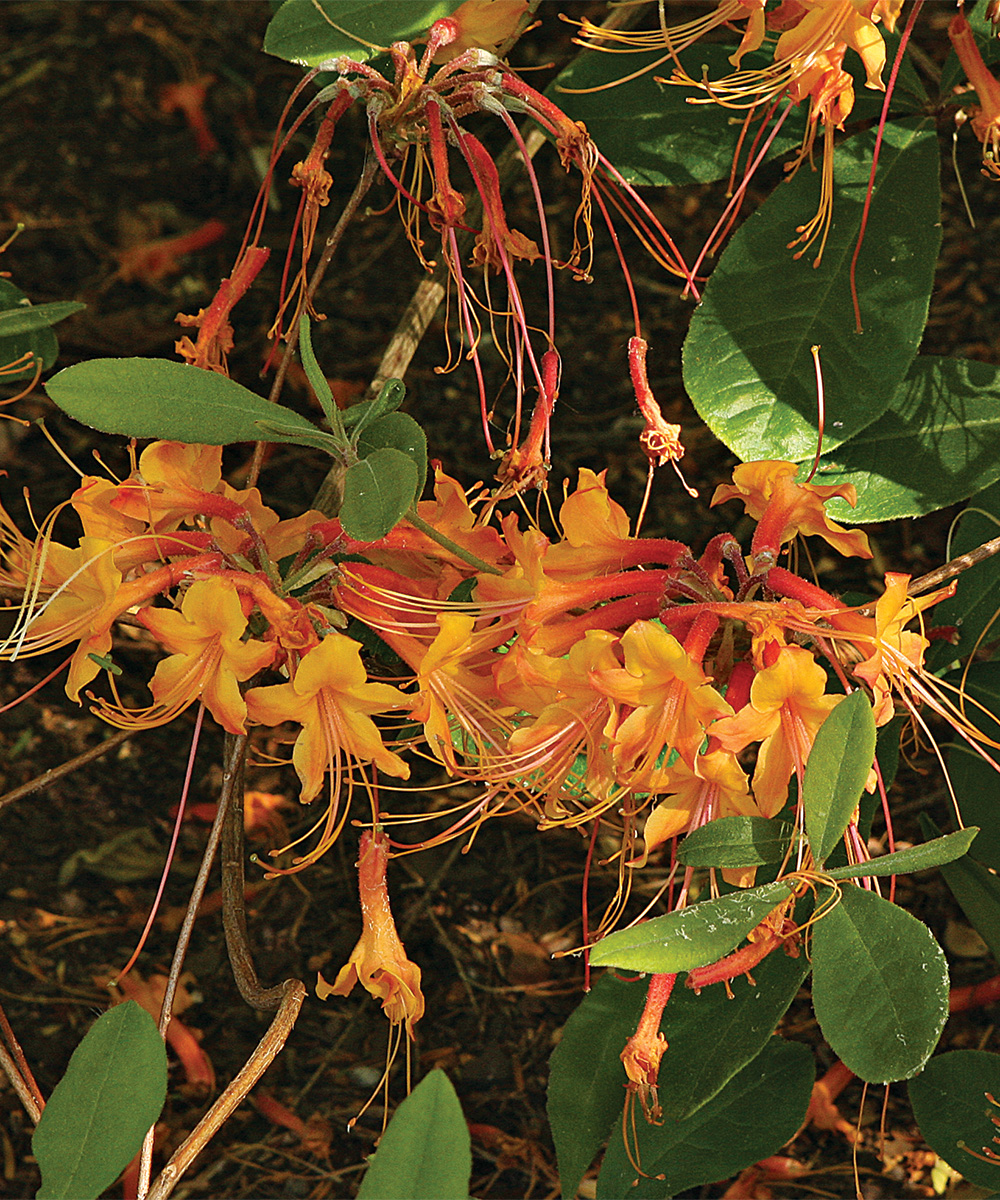
Name: Rhododendron austrinum
Zones: 6–9
Size: 8 to 10 feet tall and wide
Conditions: Partial shade; moist, well-drained soil
Native range: Southeastern United States
Having grown up with the commonplace white, pink, red, and purple evergreen Asian azaleas, I was ecstatic when I first saw the orange trumpets of this native. Its flowers can range from light yellow to almost red, and en masse they offer a spectacular spring show with an incredible fragrance. Gardeners say it fades from interest the rest of the year, with green foliage that drops with frost, but I delight in seeing its colorful, Easter-egg-shaped buds in the depths of winter. Though native to river edges in the Deep South, it is not finicky and can grow well in other parts of the country.
2. Bottlebrush Buckeye
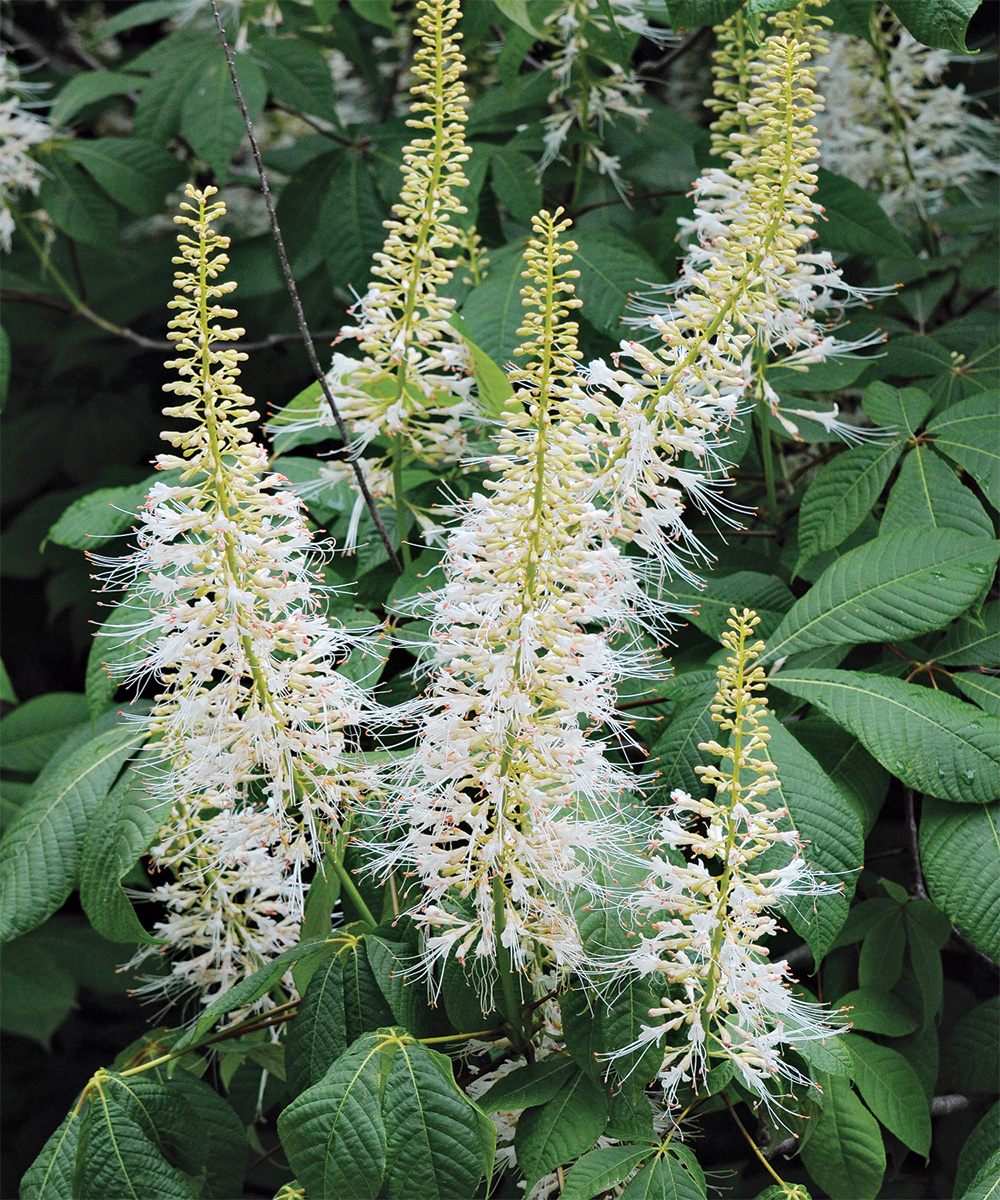
Name: Aesculus parviflora
Zones: 4–8b
Size: 8 to 12 feet tall and 8 to 15 feet wide
Conditions: Partial to full shade (can tolerate full sun); moist, well-drained, acidic soil
Native range: Southeastern United States
Bottlebrush buckeye is a show-stopper in the summer. Its 12-inch-long racemes are loaded with white flowers that bloom from bottom to top; from a distance it looks like this native is covered in candles. Even when it is not in flower, the large, palmate foliage adds a bold texture to the landscape and has a rich green color that turns golden yellow in the fall. This shrub is very effective en masse—which is easy to achieve due to its suckering habit that produces a jungle gym of stems. I like to see it planted along edge habitat in gardens where it can be a nice foil for lower perennials.
3. Ashe’s Magnolia
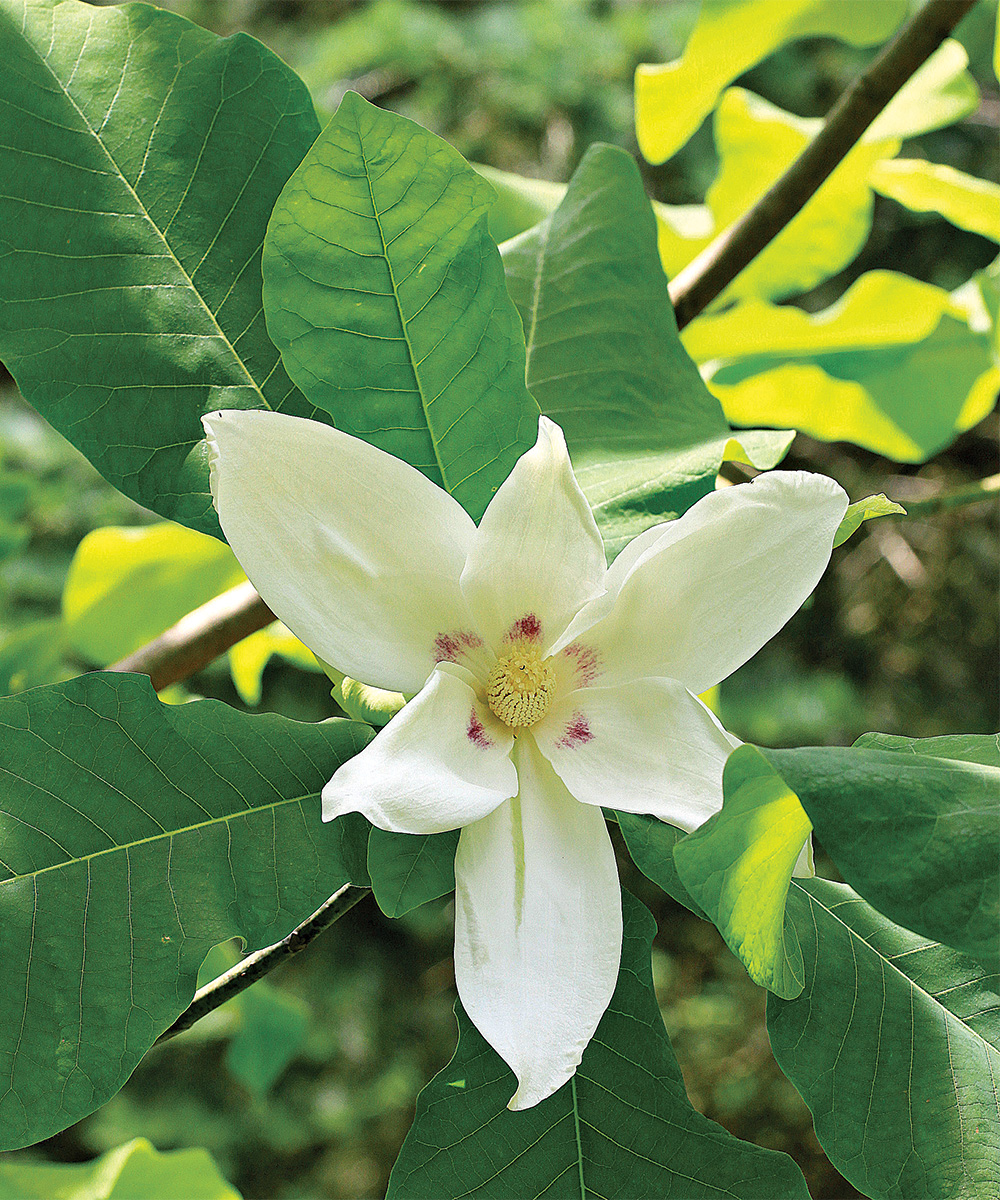
Name: Magnolia macrophylla subsp. ashei
Zones: 6–9
Size: 10 to 20 feet tall and 10 to 15 feet wide
Conditions: Partial to full shade (can grow in full sun with adequate moisture); moist, organically rich soil
Native range: Southeastern United States
I grew my first Ashe’s magnolia from a tiny seedling I got at a Magnolia Society International meeting in graduate school. Its diminutive size and precocious flowering differentiate this native from the straight species (M. macrophylla), which can take years to flower. Even though it was in a container, I was delighted when my Ashe’s magnolia bloomed in under two years, with voluminous, wavy leaves up to 2 feet long. Its midspring flowers appear first as creamy-white chalices, then splay open to 12 inches wide, revealing purple splotches at the base of each petal. They are stunning under a full moon, when you might smell their spicy fragrance, which attracts beetle pollinators.
4. American Smoke Tree
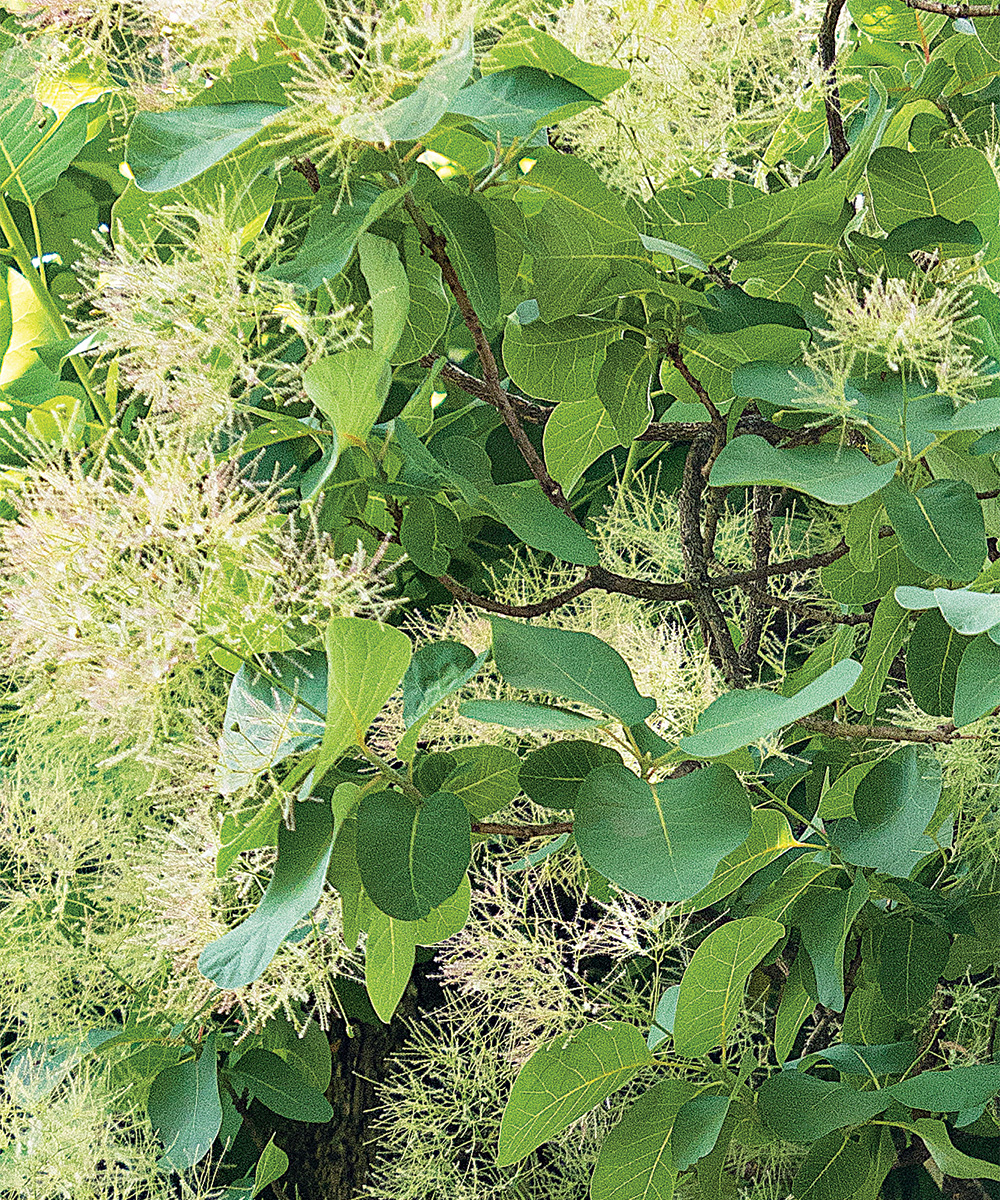
Name: Cotinus obovatus
Zones: 4–8
Size: 20 to 30 feet tall and 20 feet wide
Conditions: Full sun; well-drained soil; tolerates nutrient-poor, gravelly soil
Native range: Southeastern United States, the Ozarks, and Texas Hill Country
While many gardeners are familiar with the Asian smoke bush (Cotinus coggygria, Zones 5–8), our native American smoke tree should not be overlooked. It too features blooms that develop hairs—technically trichomes—on the inflorescence anatomy, giving the whole plant a smoky look in summer. The attractive, bluish green, egg-shaped leaves beam when backlit by the sun. Late in the season, the plant rivals many native woodies for best fall color, and it glows with rich combinations of reds, oranges, yellows, and purples. It’s tough; I have seen it growing out of limestone cracks in the Tennessee piedmont. Native populations were nearly wiped out during the Civil War because the heartwood was used as a yellow dye. I am so glad we still have it around to enjoy.
Jared Barnes, Ph.D., is an associate professor of horticulture at Stephen F. Austin State University in Nacogdoches, Texas.


















Comments
Log in or create an account to post a comment.
Sign up Log in